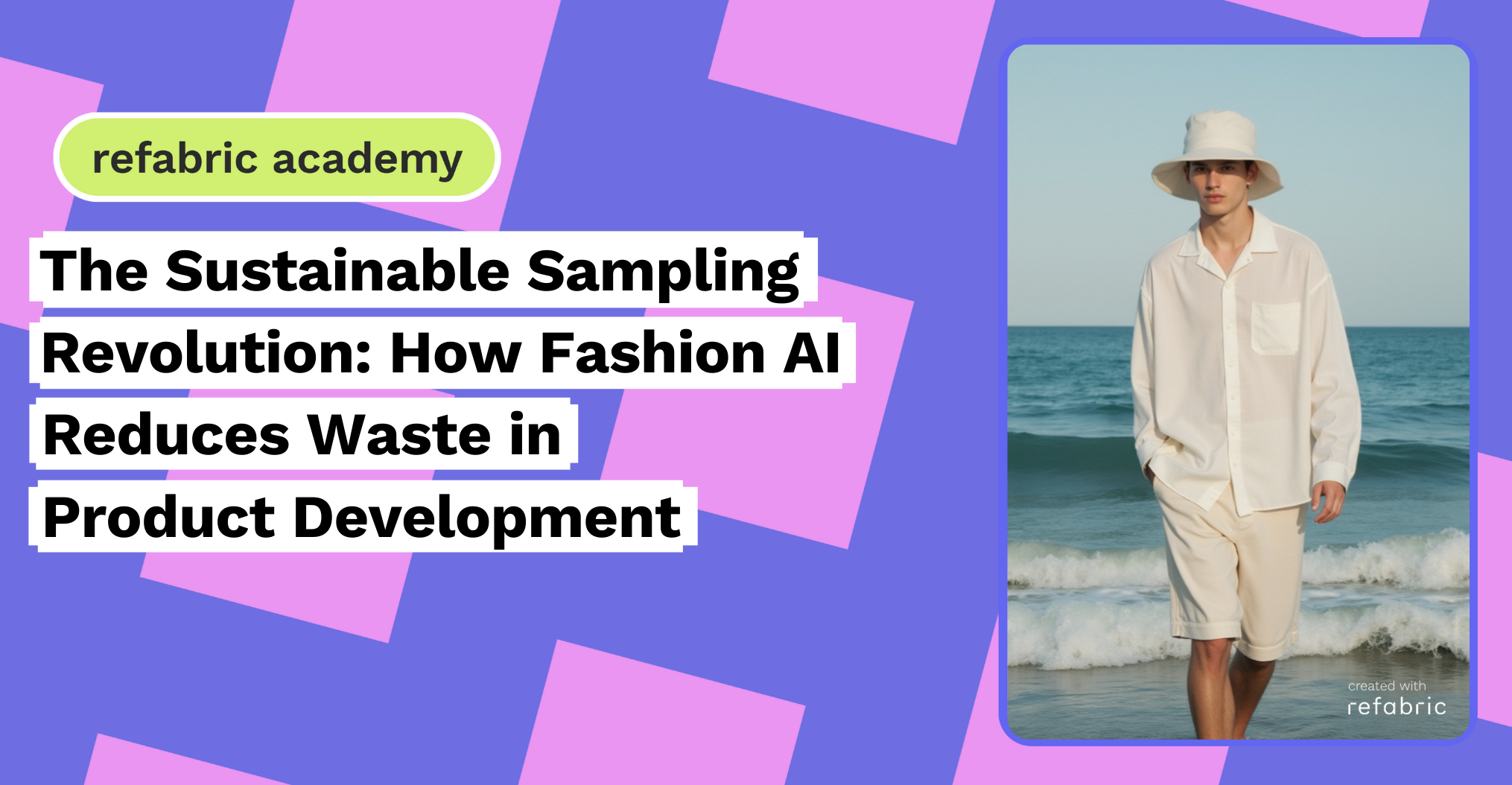Fashion AI is rapidly reshaping the industry’s approach to product development, sparking a sustainable sampling revolution that aims to eliminate the massive waste traditionally associated with the fashion pipeline. By enabling designers and brands to simulate, test, and refine new collections digitally, AI-driven solutions are paving the way for a more responsible and efficient future in fashion.
Rethinking the Traditional Sampling Process
For decades, the fashion sampling process has been notoriously wasteful. Brands would create dozens, sometimes hundreds, of physical prototypes to perfect a single style. Each round of samples required significant resources: raw materials, energy, labor, and shipping, not to mention the environmental cost of disposing of unwanted samples. This process often led to thousands of garments that were never intended for sale, contributing significantly to the industry’s already alarming waste footprint.
However, as the call for sustainability grows louder, it’s clear that a more mindful, resource-efficient approach is necessary. That’s where fashion AI enters the conversation, offering a transformative alternative that reduces the need for physical samples while enhancing creativity and speed to market.
How Fashion AI Streamlines Sustainable Product Development
Fashion AI technologies enable brands to move large portions of the design and sampling processes into the digital realm. Using 3D modeling, digital fabrics, and AI-assisted visualization tools, designers can create hyper-realistic prototypes without cutting a single piece of cloth. Colors, textures, silhouettes, and fits can be adjusted virtually in real-time, allowing for rapid iterations based on immediate feedback.
This digital-first approach offers numerous sustainability benefits:
Reduced Material Waste: No need for dozens of physical samples at every iteration stage.
Lower Carbon Emissions: Fewer shipments of samples around the world.
Decreased Water and Chemical Usage: Traditional sampling processes often involve treatments and dyes that are taxing on the environment.
More Inclusive Design: Fashion AI tools can test how garments will look and move on diverse body types, cutting down on redesign needs later.
By minimizing the number of physical prototypes needed before final production, brands significantly shrink their environmental footprint while also saving time and money.
Fashion AI: A Catalyst for Conscious Creativity
Fashion AI is not just a technical innovation; it’s a catalyst for conscious creativity. Designers are no longer bound by the slow, linear processes of the past. Instead, they can ideate and experiment freely, knowing they can immediately visualize and tweak their designs without the waste and expense of physical trials.
Moreover, fashion AI tools often incorporate real-time trend analysis and consumer insights, empowering brands to create products that better meet market demands from the start. This data-driven approach reduces the risk of overproduction, another major source of waste in the industry, by aligning product development more closely with consumer preferences.
Emerging platforms are even enabling brands to use AI-generated samples in digital showrooms and virtual fittings, allowing wholesale buyers and consumers to experience new collections online before any physical inventory is produced. This radically shifts the traditional supply chain model, emphasizing a “made-to-order” or “produce-what-is-sold” mentality over the previous “produce-then-hope-it-sells” system.
The Broader Impact: Toward a Circular Fashion Economy
The sustainable sampling revolution powered by fashion AI contributes directly to the fashion industry’s broader movement toward a circular economy. By reducing unnecessary production, promoting mindful material usage, and enabling new models like made-to-order and on-demand manufacturing, fashion AI helps close the loop on waste.
Brands that embrace AI-driven sampling are better equipped to implement sustainable practices throughout the product lifecycle, from design and prototyping to manufacturing, marketing, and end-of-life garment recycling. This shift not only responds to increasing consumer demand for responsible fashion but also positions companies competitively in a market where environmental accountability is becoming a non-negotiable expectation.
A New Standard for Sustainable Fashion
The traditional, waste-heavy methods of fashion sampling are no longer compatible with today’s urgent sustainability goals. Fashion AI is leading a much-needed revolution, helping brands reimagine how products are developed while cutting waste, costs, and time-to-market.
As this technology continues to evolve, it offers an inspiring vision: a fashion industry where creativity thrives without compromise and where beautiful, innovative garments are brought to life with respect for both people and the planet.
